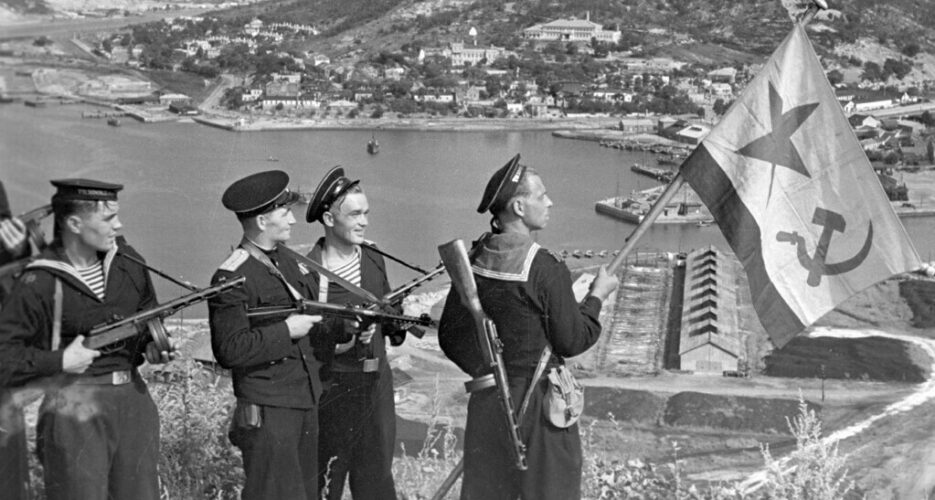About the Author
Fyodor Tertitskiy
Fyodor Tertitskiy is a lecturer at Seoul’s Korea University. He is the author of "Accidental Tyrant: The Life of Kim Il-sung" and several other books on North Korean history and military.

Get behind the headlines
|
Features The Soviet-Japanese War: the brief conflict that created North Korea73 years since its outbreak, the war's impact is often understated  In the early 1940s, relations between the Union of Soviet Socialist Republics and the Greater Empire of Japan were surprisingly good. Despite Japan being a member of the Axis pact and the Soviet Union being allied with the British Empire and the United States, relations between Moscow and Tokyo remained reasonable and calm. The document which defined this most unusual relationship was the Neutrality Pact of 1941, according to which the sides pledged to non-aggression and non-interference in any war the other side was waging. © Korea Risk Group. All rights reserved. |